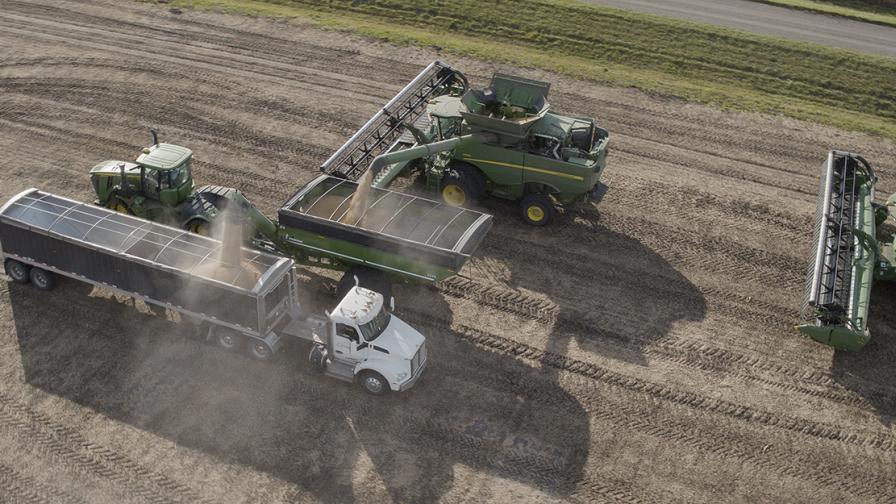Maximize the John Deere Operations Center for Your Customers

No matter a grower’s skill level, there are three key areas in helping them get the most value from the John Deere Operations Center.
Today’s farming operation looks different than it did 20, 10, even just a few years ago. Technology continues to shape modern agriculture, from the equipment itself to how growers manage their business. One of the best ways growers can keep tabs on their entire operation is through the John Deere Operations Center.
There are several ways to use the Operations Center to its fullest potential. The following three areas are the ones agronomists and trusted advisors should introduce to growers. When familiar with these, they can be used to get the most value from the platform.
1. JDLink
Whether running a large operation or one that’s only a handful of acres, no grower can be in multiple locations or work with multiple machines at once, yet all need to be aware of what’s happening across the entire farm footprint. JDLink and the telematics opportunities within the dashboard provide great value. Growers can view all equipment in their fleet and see everything from location and engine hours to fuel usage and diagnostic codes. This connection gives insight to maximize efficiency and uptime.
Growers receives an added benefit from the opportunity to be connected to their partners. For example, imagine a machine needs a repair or update, but it’s out in the field. With permission from the operator in the cab to access, a field service technician from the dealership can easily locate the machine in the field.
MORE BY JACOB MAURER
2. Apps
It’s one thing to visualize all data sets; it’s quite another to have them in the palm of your hand. The MyOperations app allows growers to see, track, and respond to what’s happening in the field, no matter where they are, via smartphone or tablet. Using the same components as JDLink, growers can grant access for select team members and trusted advisors to view agronomic data, or choose to keep all data private.
In addition to real-time viewing, the entire crop year’s work can be planned in advance using the Crop Planner app.
For more remote management options, John Deere has APIs which allow data to be shared with several types of popular data management software. This greatly reduces the risks of duplication and loss of data that come with moving across platforms, and gives data a centralized point to call home.
3. Agronomic Tools
Several agronomic tools are available to Operations Center users, both to see a high-level overview of operations, as well as dig into details of each individual field.
The Setup Builder is among the most valuable Agronomic Tools available. This can be set up to include a grower’s fields, boundaries, machines, and more to import into their John Deere displays. After the work in the field is done, John Deere Data Manager will help growers import and digitally sort all their as-applied or harvest data for easy use in the Field Analyzer.
Additional options in the Agronomic Tools suite include faster field viewing with the Land Manager, simplified boundary creation using Boundary Generator, and enhanced permission settings with Team Manager. Finally, growers can customize dataset output using the Agronomic Report tool.
No matter a grower’s skill level, these three areas are key in helping them get the most value from the John Deere Operations Center. After an account is created, setting up the management tree is easy, with the grower optimizing all boundaries, machines, and permissions to maximize efficiencies with inputs, data, and workflow.









